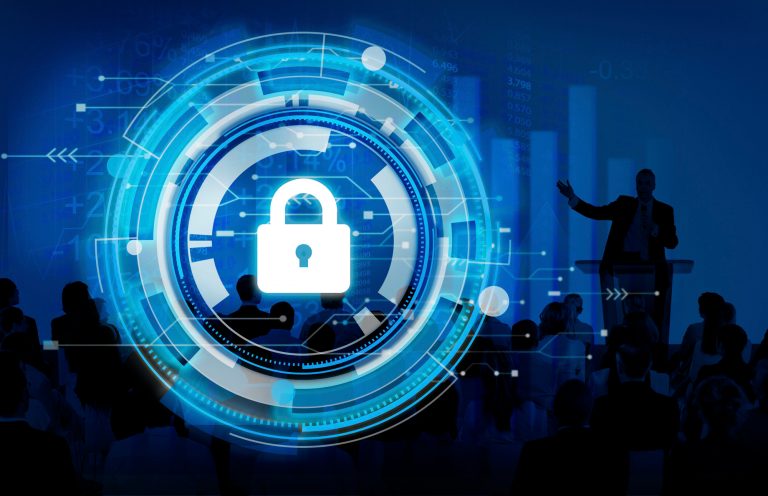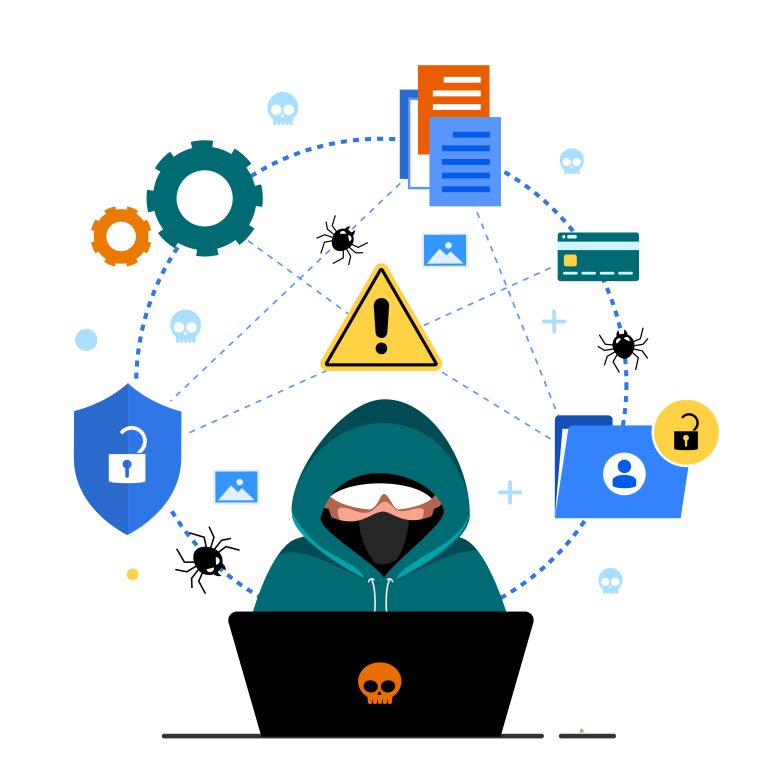Introduction:
Cybersecurity has emerged as a critical concern in today’s interconnected world, where technology plays a pivotal role in our daily lives. With the ever-growing threat landscape and the increasing sophistication of cyber attacks, individuals, businesses, and governments must understand the importance of cybersecurity and take proactive measures to protect their digital assets. This blog aims to shed light on the fascinating world of cybersecurity, exploring its significance, common threats, preventive measures, and the future of digital fortification.
- Understanding Cybersecurity:
Cybersecurity refers to the practice of safeguarding computer systems, networks, and data from unauthorized access, disruption, or damage. It encompasses a range of measures, technologies, and best practices to ensure the confidentiality, integrity, and availability of information in digital environments.
- The Significance of Cybersecurity:
In today’s digital age, where data breaches and cyber-attacks dominate headlines, the significance of cybersecurity cannot be overstated. The consequences of inadequate cybersecurity can be severe, ranging from financial loss and reputational damage to legal repercussions. Moreover, the interconnectedness of systems and the proliferation of Internet of Things (IoT) devices have expanded the attack surface, making robust cybersecurity practices more critical.
- Common Cybersecurity Threats:
- Malware: Malicious software, such as viruses, worms, ransomware, and Trojans, can infiltrate systems, compromise data, and disrupt operations.
- Phishing: Phishing attacks involve fraudulent emails, messages, or websites that trick users into revealing sensitive information, such as login credentials or financial details.
- Social Engineering: Social engineering techniques manipulate human psychology to deceive individuals into divulging confidential information or granting unauthorized access.
- DDoS Attacks: Distributed Denial of Service (DDoS) attacks overwhelm systems with a flood of traffic, rendering them inaccessible and disrupting normal operations.
- Insider Threats: Malicious or negligent actions by employees or individuals with privileged access can pose significant risks to an organization’s security.
- Zero-day Exploits: These refer to vulnerabilities in software or systems that are unknown to the vendor, providing attackers with an advantage before a patch or fix is released.
- Preventive Measures:
- Strong Passwords: Using complex, unique passwords and enabling multi-factor authentication can significantly enhance security.
- Regular Updates: Keeping operating systems, applications, and security software up to date ensures protection against known vulnerabilities.
- Employee Education: Conducting cybersecurity awareness training helps individuals recognize and mitigate potential threats, fostering a security-conscious culture.
- Firewalls and Antivirus Software: Deploying robust firewalls and antivirus software acts as a first line of defense against malware and other cyber threats.
- Data Encryption: Encrypting sensitive data at rest and in transit provides an additional layer of protection against unauthorized access.
- Incident Response Plan: Having a well-defined plan to respond to security incidents enables swift action, minimizing potential damage and downtime.
- The Future of Cybersecurity:
As technology continues to advance, so does the cyber threat landscape. Several emerging trends are shaping the future of cybersecurity:
- Artificial Intelligence (AI): AI-powered systems can augment cybersecurity measures by detecting and responding to threats in real time, reducing response times, and enhancing overall defense capabilities.
- Internet of Things (IoT): The proliferation of IoT devices introduces new vulnerabilities, necessitating robust security protocols to protect interconnected networks and devices.
- Cloud Security: With the increasing adoption of cloud computing, ensuring the security of data stored and processed in the cloud becomes paramount.
- Quantum Computing: While quantum computing holds immense potential for various fields, it also poses a threat to conventional encryption methods, requiring the development of quantum-resistant cryptography.
- CyberThreat Intelligence: The integration of threat intelligence platforms and services enables organizations to proactively identify and mitigate potential threats based on real-time data and analysis.
- Blockchain Technology: Blockchain’s decentralized and tamper-resistant nature can enhance data integrity, authentication, and secure transactions, revolutionizing cybersecurity practices.
- Cybersecurity Regulations: Governments and regulatory bodies worldwide are implementing stricter cybersecurity regulations to ensure organizations adhere to minimum security standards and protect user data.
Conclusion:
In an era driven by digital transformation, cybersecurity has become a fundamental pillar of our technological society. The ever-evolving threat landscape necessitates a proactive and comprehensive approach to protect sensitive information, systems, and networks. By understanding the significance of cybersecurity, recognizing common threats, and implementing robust preventive measures, individuals, businesses, and governments can fortify their digital assets and stay one step ahead of cybercriminals. As we navigate the future, emerging technologies and evolving threats will continue to shape the cybersecurity landscape, demanding continuous innovation and adaptation to safeguard our digital world.



